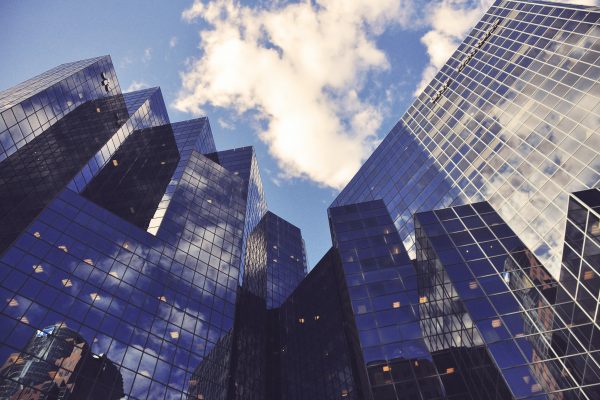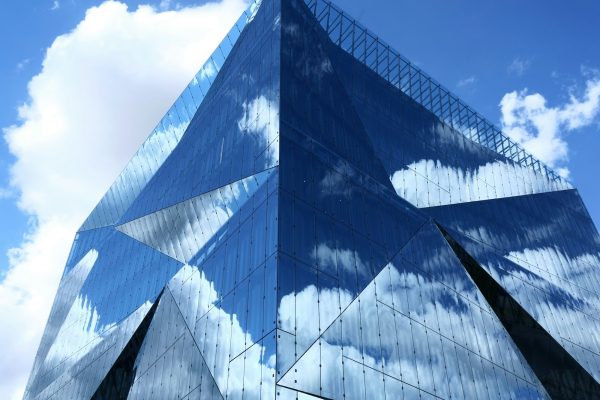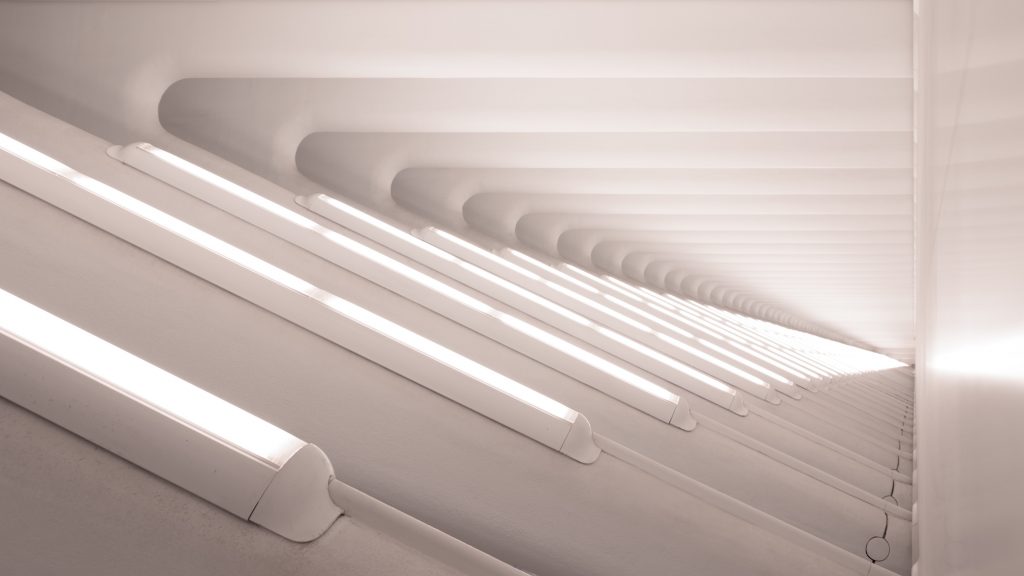If I were 20 years old (one can dream!), had a couple of a million dollars in spare change (one can dream big!) and a life expectancy of 100 or so (one can dream bigger!), there are two industries in which I’d invest heavily.
LED lighting and 3D printing.
Now, granted, I’m a hopeless sci-fi nerd who reads enough space operas, speculative fiction and James Webb Space Telescope updates to give Andy Weir a run for his money.
But hear me out.
LEDs
When LEDs hit the market a decade ago, they were about as well-received as dry turkey on Thanksgiving. Their capital costs were too high for consumers and their utility to enterprises and commercial horticulture too unproven.
That’s changed significantly. The price of LEDs has dropped by a factor of 15 today compared to 2009, and their benefits to controlled environment agriculture—including cannabis and commercial agriculture—are now undoubtedly superior to incandescent or fluorescent lights of old. LEDs today help cultivators around the world grow crops more consistently, increase yields, reduce operating costs and improve profitability.
They’ve become so ubiquitous across daily life—when was the last time you walked into a grocery store and saw those monstrous fluorescent lights that reminded you of your grade school hallway—that it’s easy to see their applications not just now, but decades from now (or less).
The reason? SPACE.
NASA, the European Space Agency, the China National Space Administration and Roscosmos all have their sights set on the moon in the next decade. NASA’s Artemis program will establish the first long-term presence on our closest celestial body. Russia aims to be there in less than 20 years. China hopes to establish a scientific research station on the south pole by the end of the decade.
At the risk of sounding obtuse, it’s going to take more than flashlights and 30-year old light fixtures to get and keep them there.
More than that, transportation to and from the moon remains the most expensive cost, by far. According to the Motley Fool, it will cost more than $4 billion to send a four-person crew to the moon.
That doesn’t give them much leeway to account for the constant resupply of food necessary to sustain even four people.
Simply put, you want a Greek salad on the Sea of Tranquility, you best plan on growing those greens yourself. As the most famous astronaut in the world, Mark Watney (botanist and space pirate) once said, you’re “going to have to science this shit out of this.”
Yet it’s not just food production that will require LEDs, it’s the simple (not simple at all) process of space travel itself. I just finished a book series called “The Expanse,” which Amazon adapted into an excellent show that everyone should definitely watch, about the long-term colonization of the solar system. It’s considered by many physicists, astronauts and futurists to be the most accurate depiction of humanity’s future among the stars.
And it mentions LEDs all…the…time. LEDs to illuminate space vessels, which don’t have windows (sorry, sci-fi fans), to maintain plants that scrub atmosphere on ships, in space or on asteroid stations, and to supplement sunlight at distances tens or hundreds of times farther than Earth to grow food.
So, if The Expanse is any indication, which I very much think it is, LEDs are about to go intrasolar. Life with Earth out of view will be incredibly dark if they don’t.
3D printing
Now for my second obsession: 3D printing.
Let’s get it out of the way now. 3D printing is one of the coolest things to come down the innovation pipeline since…like…the wheel.
On Earth, 3D printers use plastic or a type of cement to build anything from prosthetic limbs to houses. If we’re ever to have a sustainable future on the moon or Mars, lugging 400,000 pounds of raw materials out of the gravity well every time we need to build a new habitation zone isn’t the way. 3D printing that takes advantage of abundant materials already on the planet is the only option. NASA came to this realization years ago, and issued a 3D printing challenge to assess the best methods for engineering habitats on a different planet. The keywords there are “different planet” because, of course, any habitat on Mars would have to withstand high amounts of radiation, huge differences in atmospheric pressure, massive temperature fluctuations between night and day, and a host of other considerations that we earthlings don’t typically have to be concerned about.
And boy was it just about the coolest thing a sci-fi nerd like me has ever seen. NASA is even exploring 3D printing’s ability to build rocket engines with metal powders and lasers.
I know I’m looking way ahead here (but not tooooo far ahead), and there are still dozens or even hundreds of applications for both LED lighting and 3D printing that can improve life here at home.
But still, like many of us, I can’t help but look up at the night sky and wonder when and how we’re going to finally become a space-faring species. And when I look back down, I see the building blocks that are going to get us there.






